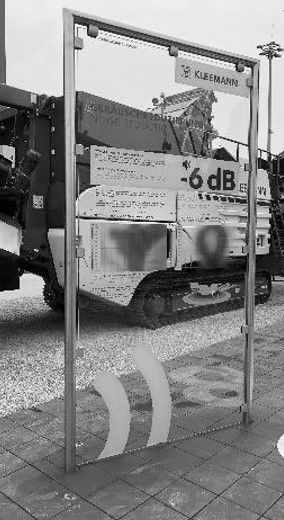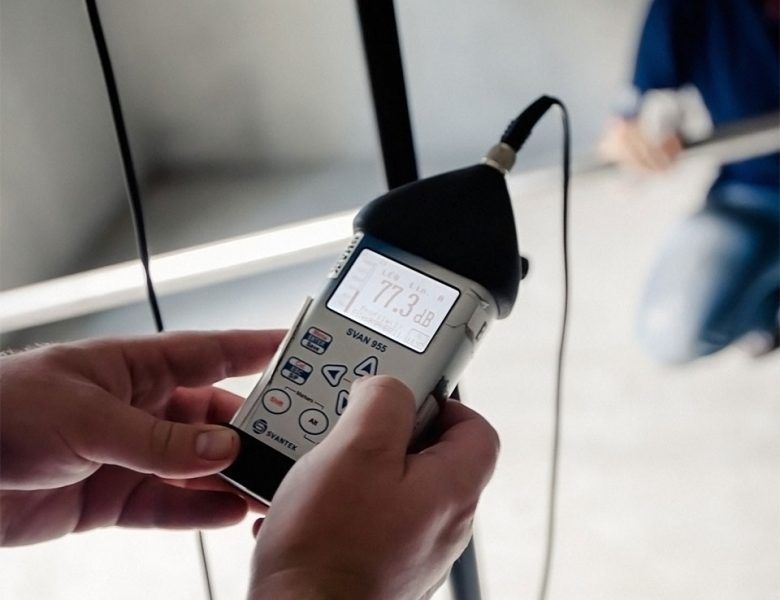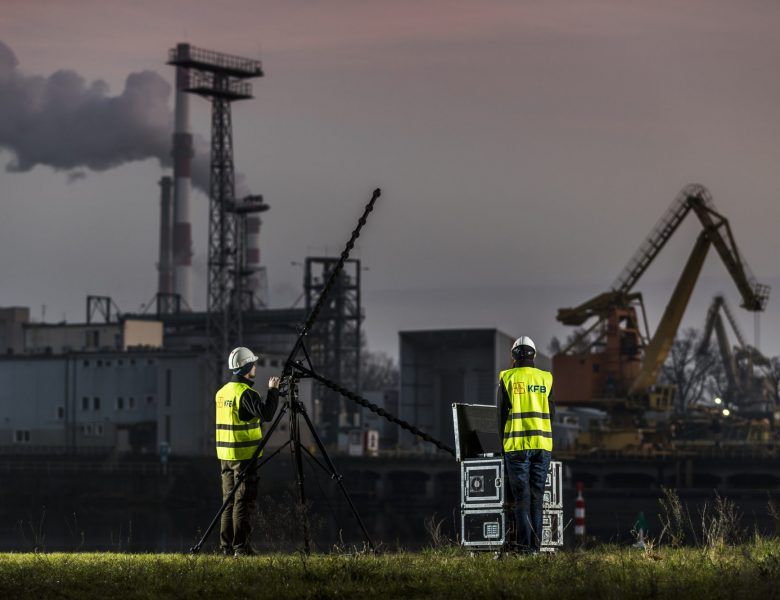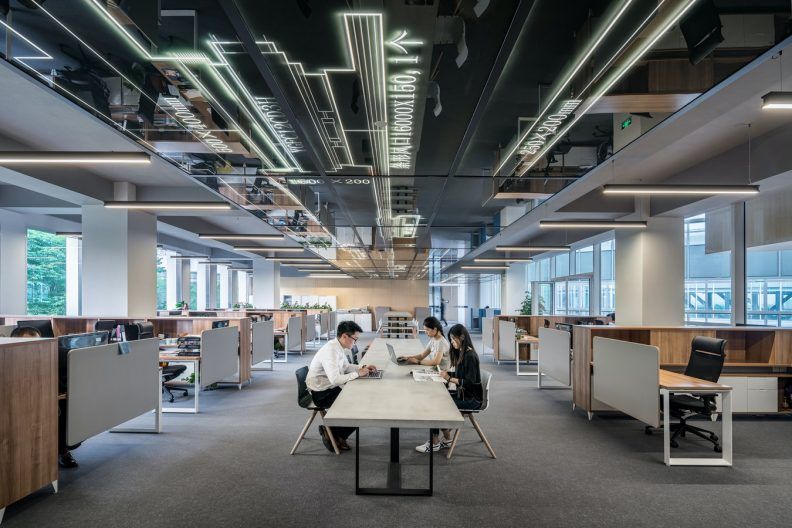Materials and construction elements
Whether the optimum solution is a barrier that blocks sound, or a treatment designed to absorb sound energy, or an optimized combination, we can help you find the best noise treatment for your product. With our extensive knowledge and experience in measuring acoustic and damping properties, we can provide accurate results for the development of your noise control materials. Its very common that a treatment with special acoustic properties is needed to improve product performance.
Our capabilities include:
- Measurements,
- Identification of noise and vibration transmission paths,
- Optimization of acoustical criteria by designing the guidelines using calculations, experiments and virtual prototyping,
- Analytical and experimental tools, and the expertise to design the treatment that is right for your product.
Acoustic materials may be designed for:
- Maximum noise absorption,
- Maximum noise blockage,
- Minimum sound radiation from structural components.
We work with our customers to optimize treatment acoustical performance by making recommendations regarding physical properties, surface treatments, and process variables. Using modeling technology, our engineers can predict the installed acoustical performance of the end product. The acostical material can then be optimized for the particular cost, weight, and space requirements of each end product application.
Whenever you are in the need of our services you can always rely on:
- Constant customer support,
- Individual approach with a broad view,
- In-house prototyping and experiments capabilities,
- Acoustic trainings.






